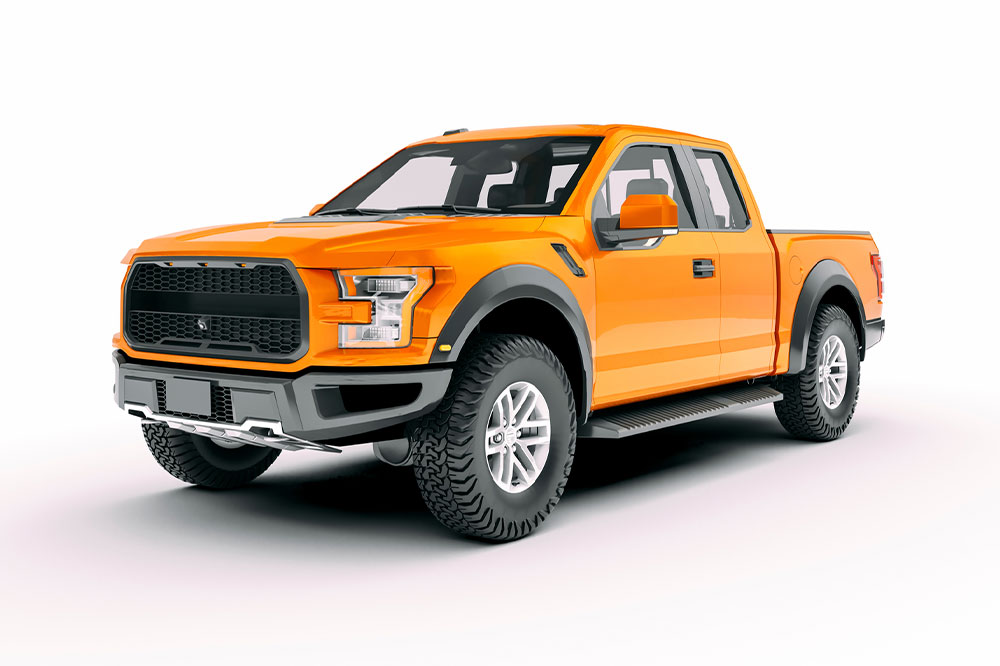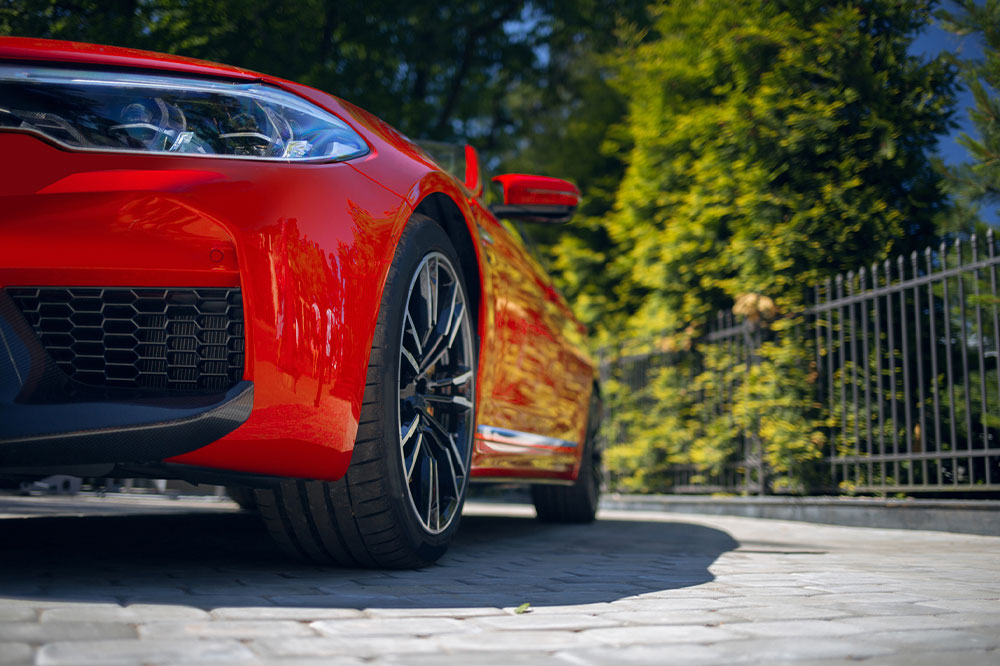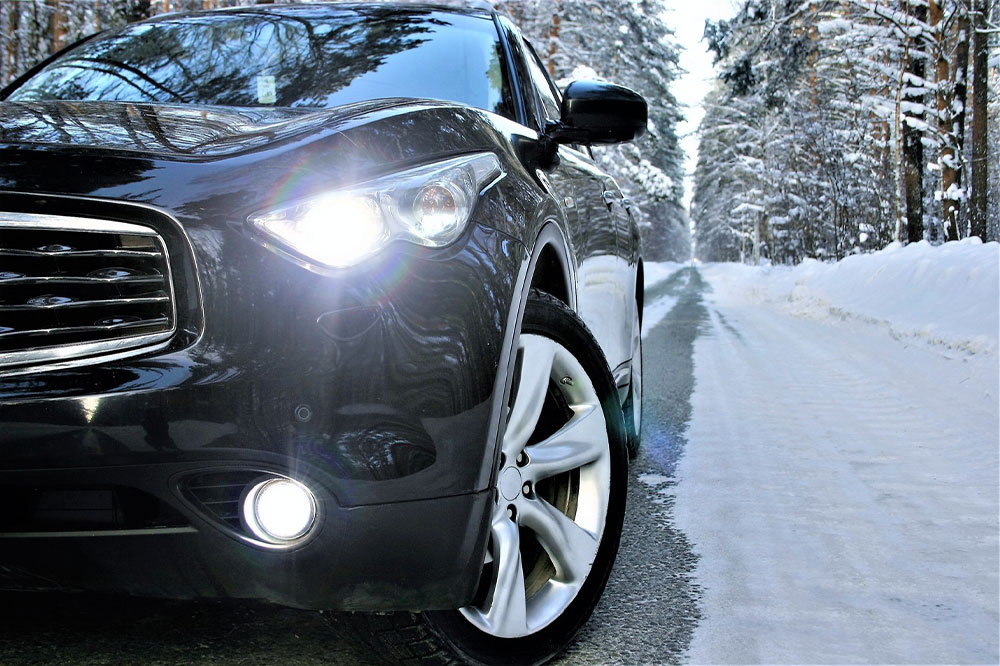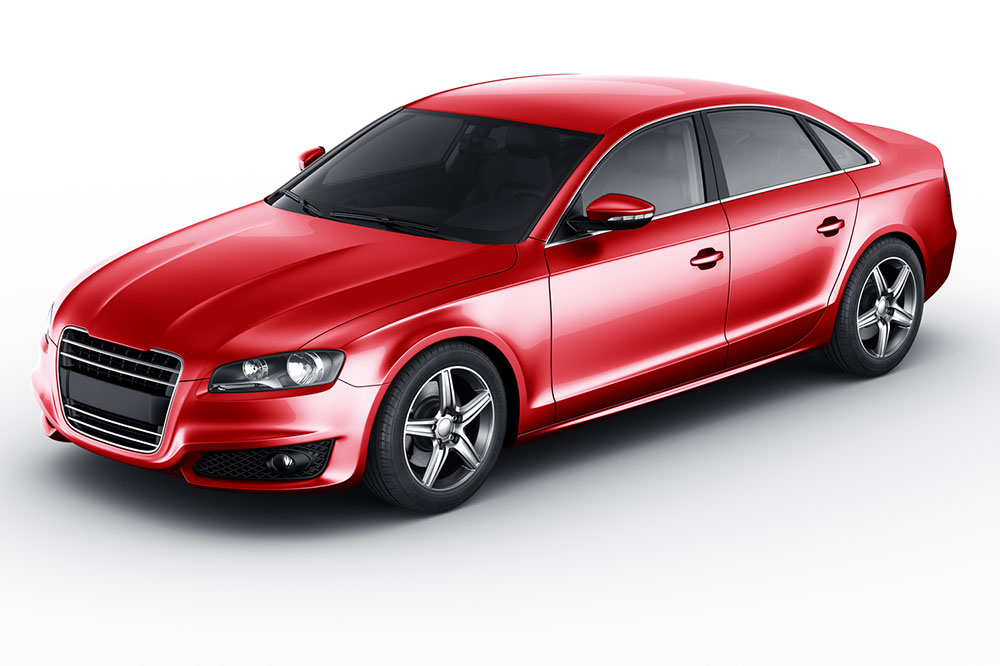Comprehensive Review of the New Ford Ranger: Features, Performance, and Practicality
Explore the comprehensive features, performance, and practicality of the latest Ford Ranger. Discover how its modern interior, safety features, and efficient engine perform across diverse driving conditions. An ideal choice for those seeking a reliable, versatile pickup truck with balanced comfort and utility.

In-Depth Look at the Latest Ford Ranger: Innovation and Utility
If you're on the hunt for a pickup truck that masterfully balances comfort with versatility, the newest Ford Ranger stands as a prime contender in the increasingly competitive midsize truck segment. With a broad spectrum of color options, multiple trims, and competitive pricing, this vehicle aims to appeal to both everyday drivers and tough professionals. Priced starting around $25,000 for the base model, and climbing up to approximately $40,000 for fully equipped variants, the Ford Ranger promises a range of features tailored to diverse needs. But does it truly stand out among the crowd? Let’s delve into the details of what this pickup offers, from interior features to performance metrics, to help you decide if it’s the right choice for you.
Interior Comfort and Cabin Design
The Ford Ranger’s interior demonstrates a well-thought-out design aimed at maximizing driver comfort and convenience. The front cabin boasts generous space, making entry and exit effortless even for taller individuals. The driver's seat is ergonomically designed, placing controls within easy reach, which enhances the overall driving experience. However, the high bed sides slightly impede rearward visibility, especially when reversing or changing lanes. Some buyers might find the interior materials somewhat dated; hard plastics dominate the dashboard and door panels, which might detract from the premium feel that modern vehicles often aim for.
Ride Comfort and Suspension System
The suspension system of the Ford Ranger is designed to handle a variety of terrains, but it may not absorb shocks as effectively as some competitors. This results in a somewhat bouncy ride, particularly when traversing rough or uneven surfaces. Passengers sensitive to motion sickness or long drives over rugged terrain may experience discomfort. Nonetheless, the seats are well-padded, offering commendable support for different body types, which helps to mitigate some ride quality concerns. The climate control system, though effective, relies on numerous small buttons, which can be cumbersome to operate while driving. The lack of individual vent controls limits the ability to fine-tune airflow, potentially affecting passenger comfort.
Technology and Safety Features
The Ford Ranger’s infotainment system comes equipped with essential features tailored to modern connectivity needs, particularly in higher trims like the XLT. Users can enjoy Apple CarPlay and Android Auto integration, allowing seamless smartphone connectivity. The Sync 3 system offers a user-friendly interface, complemented by multiple USB ports that facilitate device charging and data transfer. Voice command capabilities add to driving convenience, making it easier to control various functions while on the move. For safety, the Ford Ranger includes standard features such as lane departure warning, blind spot detection, and collision mitigation systems. If you wish to access advanced navigation features, an optional Technology package must be purchased, as built-in navigation isn’t standard across all models.
Performance and Powertrain
Under the hood, the Ford Ranger is powered by a turbocharged 2.3-liter four-cylinder engine. This powertrain offers reliable performance with a spirited drive mode that can be engaged in Sport. Acceleration is smooth, and the engine delivers enough torque for daily driving and light hauling tasks. However, some drivers report that abrupt braking can temporarily reduce driving enjoyment, while the steering response is somewhat stiff, requiring more effort in tight maneuvers. The engine's overall performance is commendable within the segment of turbocharged gasoline engines, balancing power and fuel efficiency effectively.
Cargo Space and Practicality
For those requiring substantial cargo capacity, the Ford Ranger might present limitations. The truck’s rear bench seat isn’t ideal for three adult passengers on long trips, due to limited legroom and narrow seat width. Rear under-seat storage compartments are minimal, reducing the ability to stow personal items securely. The exterior cargo bed features six tie-down points, facilitating the transportation of items securely. However, the high sides of the bed can complicate loading larger or awkwardly shaped items. The central locking system conveniently secures the tailgate, adding an extra layer of security and peace of mind.
Fuel Efficiency and Economic Performance
According to EPA estimates, the Ford Ranger offers a combined fuel economy of approximately 22 miles per gallon, with city driving returning around 20 mpg and highway driving achieving up to 24 mpg in 4WD models. While these figures are competitive within the segment, caution is advised, as some seasoned Ford enthusiasts remain skeptical of manufacturer-provided fuel efficiency claims. Nonetheless, the turbocharged engine provides a good balance between power and economy, making it a cost-effective option for daily commuting and light-duty work.
In summary, the new Ford Ranger is a compelling choice for individuals seeking a reliable mid-size pickup truck that offers a blend of comfort, technology, and practical utility. While it has some areas for improvement, such as interior materials and ride comfort over rough terrain, it remains a versatile vehicle capable of handling daily tasks and weekend adventures effectively. Its competitive pricing, coupled with modern features and solid performance metrics, make it a noteworthy consideration in its segment.





